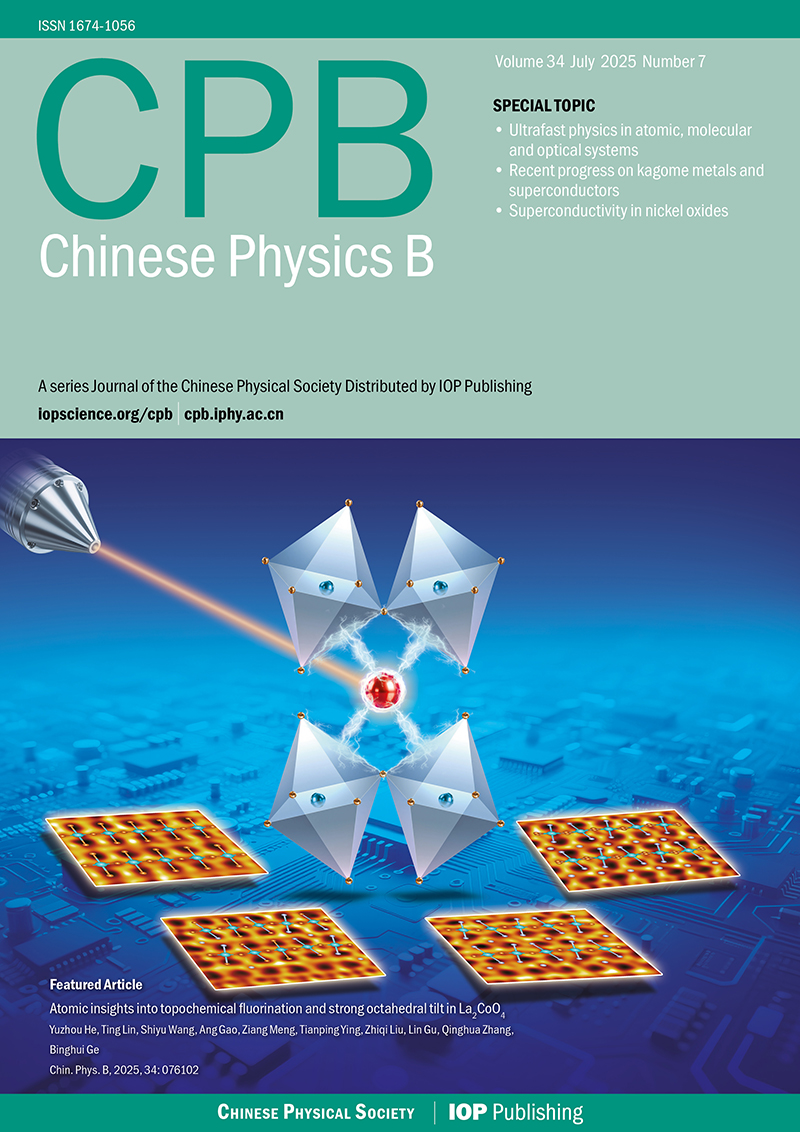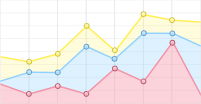Three-dimensional ab initio dipole moment surfaces and stretching vibrational band intensities of the XH3 molecules
- Available Online: 30/10/2005
-
Key words:
- overtone /
- dipole moment /
- infrared band intensity /
- local mode
Abstract: Stretching vibrational band intensities of XH3 (X=N, Sb) molecules are investigated employing three-dimensional dipole moment surfaces combined with the local mode Hamiltonian model. The dipole moment surfaces of NH3 and SbH3 are calculated with the density functional theory and at the correlated MP2 level, respectively. The calculated band intensities are in good agreement with the available experimental data. The contribution to the band intensities from the different terms in the polynomial expansion of the dipole moments of four group V hydrides (NH3, PH3, AsH3 and SbH3) are discussed. It is concluded that the breakdown of the bond dipole approximation must be considered.The intensity "borrowing" effect due to the wave function mixing among the stretching vibrational states is found to be less significant for the molecules that reach the local mode limit.

 首页
首页 登录
登录 注册
注册






 DownLoad:
DownLoad: